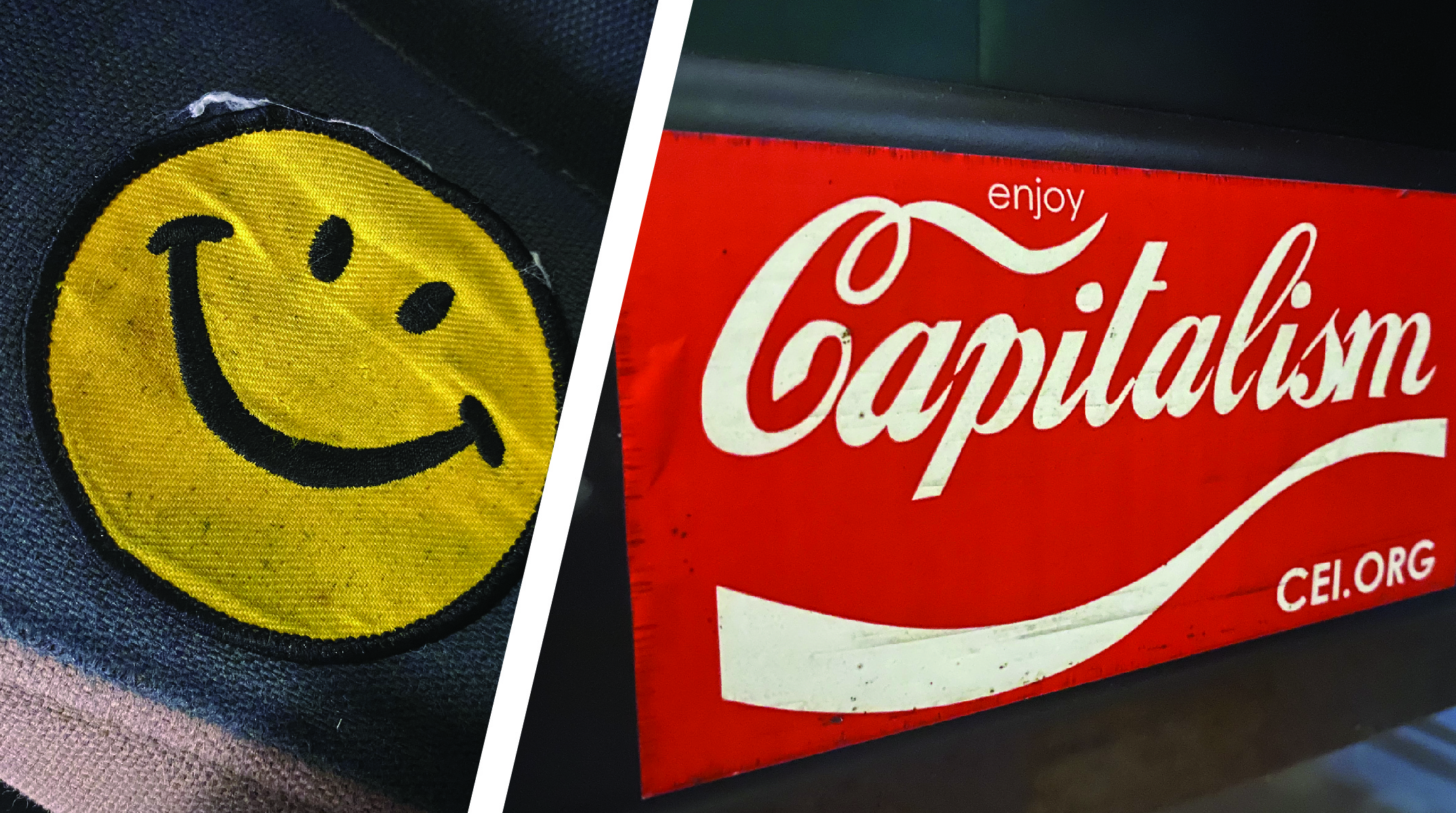Talent Tip #127: Lessons from an Old Jeep Wrangler: Upgrades for Your Organization’s Hiring Process
I drive an old Jeep Wrangler. No, I mean old. It’s adorned with scratches, dents, rust spots, classic bumper stickers, and faded upholstery. Patches cover holes in the seats and the stereo emits a pleasant crackle if you dial it up to 11.
And it has just the technology you’d expect for a relic. Manual windows and locks, a bare bones instrument panel, and keyed ignition (minds under 25 just exploded). Oh, and it hasn’t had a functional roof in about 10 years…let’s just say it gets dicey when it rains.
Despite its antiquity status, I really thought this was all I needed…until I recently visited a new car dealer.
Oh my word. Bells. Whistles. Gadgets. Gizmos. 13” display screens. Automatic everything. Sound systems that sync with your phone, talk to your Alexa, adjust your home thermostat, and preheat your oven. Trunks and rear hatches that open with Jedi mind tricks. Seats that massage your back and warm your derrière. And never mind the automatic steering, braking, and parking functionality.
All of this got me thinking that I might need to upgrade.
And that got me thinking of hiring (because, you know, it all comes back to talent!).
Historically, organizations focus on the basics during the hiring process: resumes, cover letters, and interviews. These provide invaluable information; and just like my old Wrangler, this might be all you need!
But there are bells and whistles you might want to consider adding to the process in order to provide you with more information. Here are three “upgrades” some of our clients have used in the recent past.
- Follow-up Questions. Our clients will often select a “first cut” of candidates from a large application pool. They see potential in all of them, but they don’t necessarily want to interview all of them. One way for them to determine who to proceed with is to get more information from all of them. This is a situation in which follow-up questions can provide a tremendous amount of value.In one recent case, a client was inundated with high quality applicants from the private sector. They were delighted to consider them, but they wanted to get a deeper perspective on philosophical alignment and passion, especially since most of the candidates had no demonstrated interest in advancing liberty. So, the organization developed a brief list of follow-up questions about their mission and we emailed those to the top candidates. The candidate responses were incredibly helpful in determining which candidates were best suited for the organization from a mission perspective.Likewise, we had another client recently use follow-up questions as a way to better understand the depth of candidates’ experience in terms of personnel management, budget oversight, and program growth. While some nuggets of information on these topics were sprinkled throughout the applications, sending a list of uniform follow-up questions to the top candidates allowed the nonprofit to hone in on who had the most relevant experience. Moreover, these responses allowed the client to compare apples to apples. For instance, Candidate A has 5 years of management experience, has supervised teams of 10+, and has overseen a budget of $500k, while candidate B has only managed one intern for a total of 3 months and has overseen a budget of $20k).
- Written Assignments. A number of our clients request brief written assignments from candidates as a way to separate the wheat from the chaff. Not only does this give organizations a more unvarnished view of a candidate’s ability to write (i.e. limited opportunity to have it edited/polished by others), it also gives a better perspective of their ability to develop relevant content, engage in strategic thinking, and perform due diligence on the organization’s mission/work.For instance, one client recently asked candidates for a communications role to write an op-ed on one of the organization’s legal cases. Another client asked candidates for a development opening to write a donor letter explaining one of the organization’s recent op-eds. And one client asked candidates for an external affairs role to write a brief coalition building/advocacy plan related to a specific public policy issue.In all of these cases, the assignments helped the organizations hone in on those who were best suited for the job.
- Assessments. A handful of our clients utilize assessments during the hiring process. For nearly all of these organizations, the assessment is a way to collect more data points for the process, but is not determinative in and of itself.For instance, one client uses a behavioral assessment tool for its development hires. The tool offers insight about an individual’s flexibility, sociably, independence, and drive – all traits that the organization has found to be important for fundraising success.Another client employs a leadership assessment for its key management roles. The assessment provides insight about a candidate’s natural talents, including strengths and challenges that could impact leadership effectiveness.
And several clients use personality assessments as regular part of their hiring process. Not only do these help the organizations gain insight about candidates’ strengths and natural abilities, but they also provide useful information about how to interact with them once they become employees.
If you decide to add any of these bells and whistles to your hiring process, Talent Market is here to help. And if you’re wondering, I didn’t get a new car. I’m sticking with the Wrangler for now. Turns out I actually enjoy the art of driving…and I never used the roof anyway.
